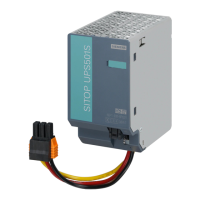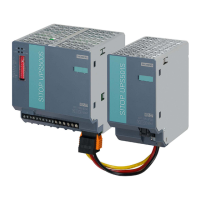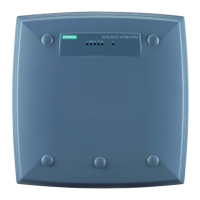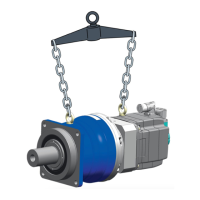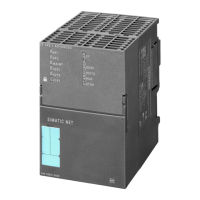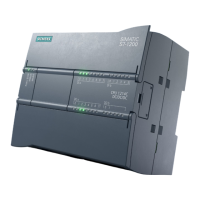owing, and is attenuated as a function of the concentration of the measured component. This
attenuation is evaluated according to the Lambert-Beer absorption law.
The measuring radiation is recorded by a photodiode (4) after passing through the sample
chamber into which sample gas is owing (measured signal). Likewise, the reference radiation
is recorded by a second photodiode (5, reference signal). The ratio of measured signal and
reference signal is used to calculate the concentration of the gas component.
The beam splitter also enables the coupling of a second light source for measuring a second gas
component. In this way, the absorption of sulfur dioxide (SO
2
) and nitrogen dioxide (NO
2
) is
measured in alternating cycles and converted into continuous concentration values in sensor-
level electronics. Additional sample gas applications are possible through a suitable selection of
LEDs.
For stabilization of the measurement procedure, the measurement of the two gas
concentrations using the reference signal is supplemented by a thermostatic control of the
overall optical setup to a constant temperature of 57 °C (135°F).
Note
Falsication of measuring results
The signal strength of the measuring channel and reference channel must be recorded with zero
gas (i.e. ambient air) before the measurements. This zero gas measurement can be repeated in
the specied cycle to compensate for a continuously progressing measurement drift (activation
takes place via the cyclic AUTOCAL function). Devices with a certicate for emission
measurements have a calculated drift compensation activated for the SO
2
component if the
cycle time during AUTOCAL is set to ≥ 6 hours.
To ensure compliance with the technical specications, a cycle time of ≤ 24 hours must be
activated for the AUTOCAL. The technical specications are based on a sample gas pressure of
1013 hPa absolute, sample gas ow of 1.2 l/min and an ambient temperature of 25 °C.
The sample gases must be fed to the analyzer module in dust-free and aerosol-free condition
because any particles present in the sample gas will scatter the UV radiation, resulting in
increased concentration values. Therefore, the use of gas modied for the measuring task is
necessary in most application cases.
Due to the open design of the UV module, the ambient air of the analyzer should be largely free
of the gas component to be measured.
Also to be avoided are pressure dierences between the ambient air and the sample gas in the
analyzer chamber, for example, due to direct discharge of the sample gas to the atmosphere.
Description
3.3 Function
ULTRAMAT 23
Equipment Manual, 04/2022, A5E37100388-012 27

